Attention is modern-day currency. Without it, you’ll struggle to survive.
For the majority of human existence, the only way for people to exchange goods and services was through physical contact. But, as the internet began to evolve in the 90s, things moved to the virtual world.
In the past couple decades, we’ve seen this fascinating paradigm shift in the way people shop. Companies like eBay and Amazon made it easy and normal to buy things online, before you could even physically see them. This unlocked unprecedented doors for thousands of small businesses and retailers around the world. Instead of being limited by their locations, any business could now market and sell to almost any country in the world.
Recent events have made it more important than ever for brick and mortar retailers to transition from a physical storefront to a virtual one. But as it becomes easier to sell online, it’s also become more competitive. This makes marketing and branding more important than ever. With this in mind, we’ve put together 15 marketing ideas to help you get started and grow your store's revenue online.
15 marketing ideas to grow revenue for small business retailers
Let’s take a look at 15 ways to bring awareness to your small business and simultaneously create new streams of revenue.
1. Create an ecommerce website
If you haven’t already moved your store online, now’s the time. Over 54% of the world's population is online, and that number is growing every year.

It used to be extremely hard to sell things online — in the 90s most ecommerce stores had to code their websites by hand, and shipping logistics were a nightmare.
What used to be a costly, difficult process has been made easy with modern-day ecommerce platforms. Services like ShipStation and Shippo make it easy to fulfill and ship orders. Stripe and PayPal have simplified online payments. And platforms like Webflow Ecommerce, BigCommerce, and Shopify have paved the way for anyone to get an ecommerce site up and running.
But there’s no shortcut to create a brand that resonates with consumers. While an ecommerce website is crucial, so is knowing how to market and grow your brand. More on that later.
You can learn exactly how to build an ecommerce website by following our video tutorials on Webflow University.
Related reads:
- 6 different ecommerce business models you should be aware of
- 9 inspiring examples of ecommerce websites
2. Recover abandoned carts
Every dollar counts. Setting up a method to retrieve sales from abandoned carts is a highly effective way to gain potentially lost revenue.
The idea is simple, any time a potential customer is about to make a purchase, and leaves the checkout process for any reason, email them a reminder to come back. You’d be surprised at how many people get distracted or forget to complete their checkout process. Of course, in most cases, customers have a reason for abandoning their cart. More often than not it's due to costs. Maybe they didn’t expect shipping costs to be high, or they had a change of heart last minute.
Some interesting stats from Moosend:
- 69% of users abandon their cart
- 45% of abandon cart emails are opened
- Of those opened emails, 21% of users click to resume checkout
- Of those resumed checkouts, 50% complete the purchase
Of course this will vary between industries, but the point is abandon cart emails work. You could also test different copy and strategies in your emails to find what’s most effective. You could:
- Simply send a reminder email a few hours after someone abandons their cart
- Send a coupon code right away
- Send a coupon code only if they open your reminder email but don’t purchase
There are a lot of different things you could test, like the time to send after someone abandons their cart, how many emails to send, and what type of discounts to give.

I also can’t speak for every business and industry out there, but when I personally used to manage an ecommerce apparel business, we converted 13% of our abandoned checkouts by sending reminder emails. So I know these work if you have a lot of volume.
3. Sell gift cards
Gift cards not only act as another source of revenue, but they’re also a way to spread awareness of your store. Oftentimes, customers who really love your brand and products will purchase gift cards for friends or family. This now gives you the opportunity to acquire a totally new customer. And if you follow some of the other marketing strategies mentioned in this post, you can turn those new customers into repeat customers.
4. Create a pre-order strategy
If you’re in a pinch to create some short-term revenue, set up a system to accept pre-orders. Do this for out-of-stock or pending items. This can literally save your business when money is tight — you’re essentially getting paid now to supply at a later date.
Not only can this help with short-term revenue, but it can also help to determine the demand of certain products. If you want to add a new product you’re not sure your customers will want, create a Kickstarter-like system where people can buy before you submit a supply order.
5. Start a YouTube channel
As mentioned earlier, it’s often not enough to launch an ecommerce site. You need to attract visitors. If you’re on a tight budget and not ready to dive straight into paid advertising, creating content is your best bet.
Starting a YouTube channel for your business is one of the best things you can do in terms of content marketing. A recent survey by Databox stated that over 74% of marketers said video content outperformed written content for generating leads and sales.
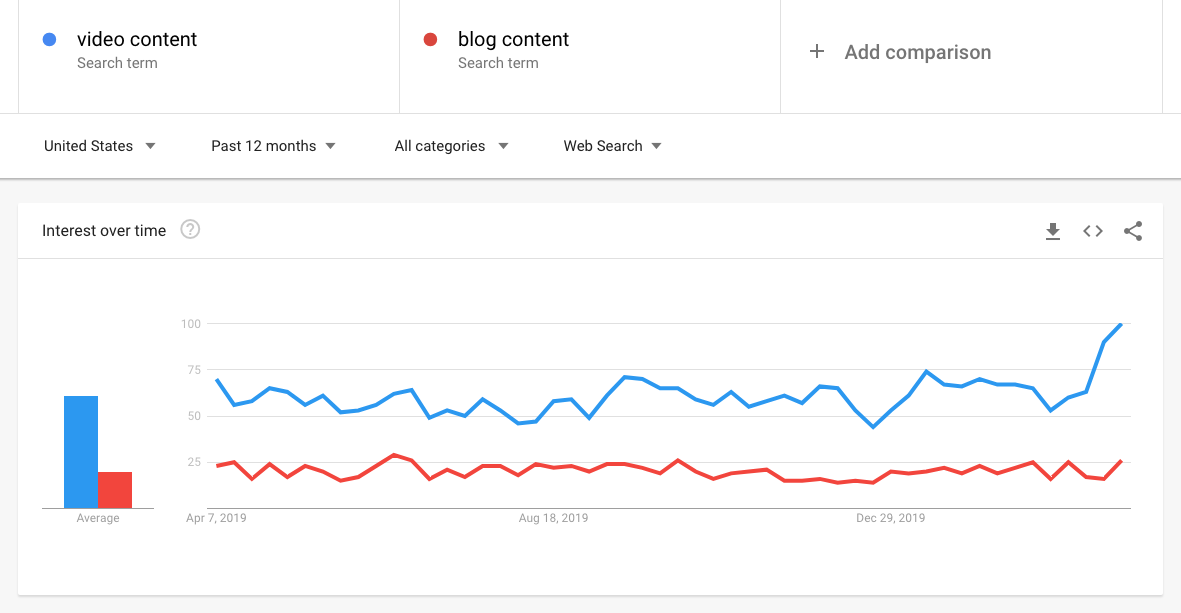
Now I know what you might be thinking: isn’t YouTube extremely competitive? No, not really. I’m not going to say that starting and growing a YouTube channel is easy, but if you’re strategic, you can reap some serious rewards.
If you think about it, humans are storytellers and listeners. We love a good story and we equally love telling them. YouTube is your medium to connect with potential customers on a deep level. Tell your company story and give entertaining and valuable information to your target persona(s). Some video topics ideas can include:
- Informational videos
- Reviews of products you sell
- Customer stories and community videos
- Behind the scenes of your business
- Commercials and video ads
- Documentary style videos
For example, if you run a brick and mortar store that sells sustainable and organic home goods, you could create a video on “how to make organic soap at home,” like the video below.

And once you’ve created the video, you can link to your ecommerce website and tell your viewers to purchase your other soaps, or buy ingredients to make their own at home.
If you play your cards right, you can also start ranking your videos in YouTube search results for consistent views across your videos. The video shown above is currently ranking high in search results and has been consistently receiving views — even 2 years after it was published. Check out Brian Dean’s guide on how to create an effective YouTube SEO strategy.
6. Start a podcast
A podcast is another great way to boost awareness of your brand and showcase customer stories. If you decide to start a YouTube channel, you can repurpose much of your video content in the form of podcast content.
When it comes to podcasting, or any other form of content marketing for your retail business, think about your content as a media company owned by your business. While it’s important to bring awareness to your products, focus on bringing value without trying too hard to sell. This will make content marketing the most effective for your brand.
For example, if you sell apparel and beauty products, you could start a podcast dedicated to telling your brand story, reviewing beauty products, or interviewing founders of brick and mortar retail stores in your industry.
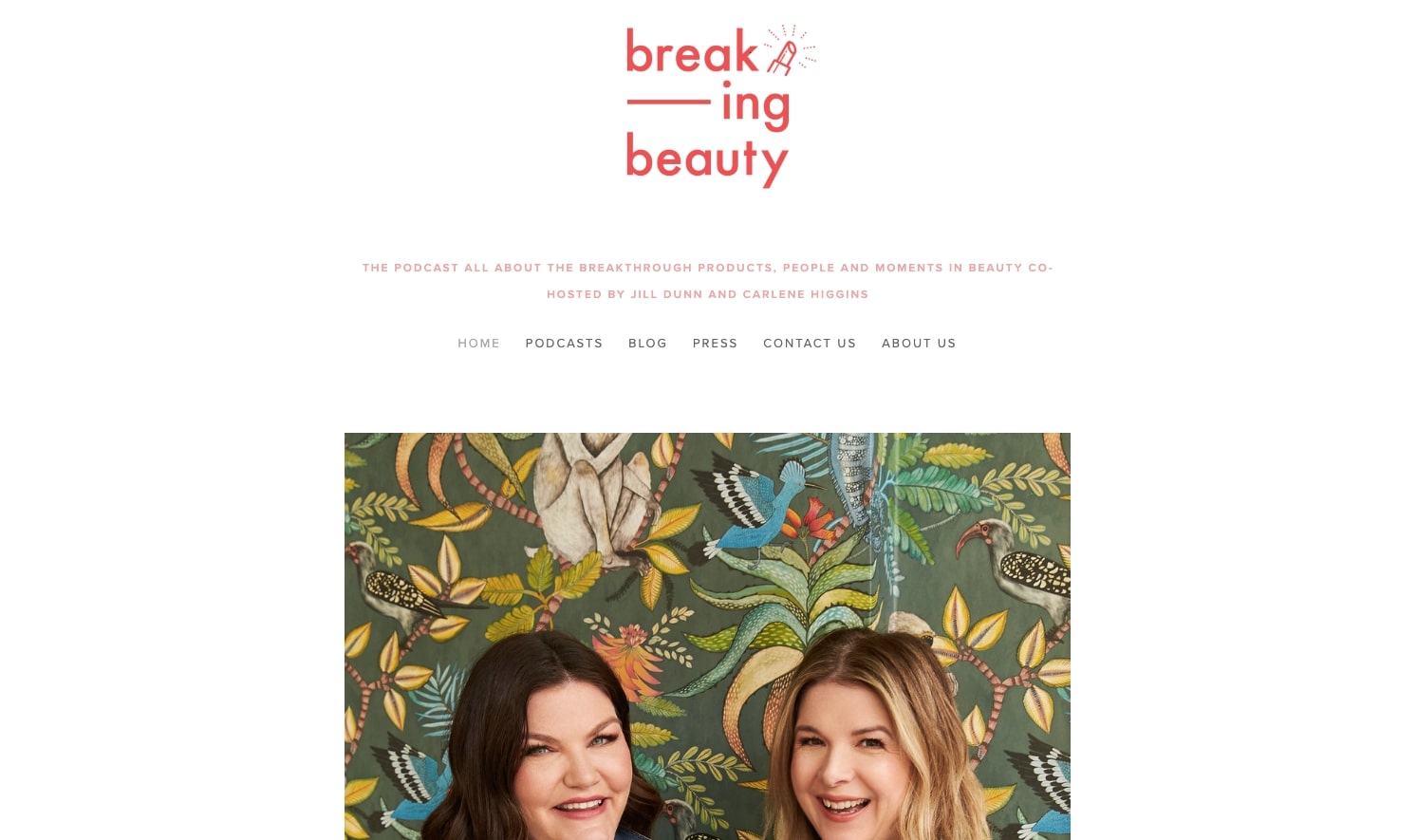
If you do decide to launch a podcast for your small business, make sure you publish on as many podcast directories as possible. Some popular places to launch your podcast include:
- iTunes
- Spotify
- YouTube
- SoundCloud
- Google Podcasts
You can also use services like Simplecast to host and distribute your podcast, and monitor important analytics.
Related reads: 20 essential business podcasts for the lean entrepreneur
7. Start a blog
If you decide a YouTube channel or podcast requires more resources than you have, start with a blog. A blog is a great medium for communicating your company news and establishing your content marketing efforts.
What’s really powerful about a blog is that it can act as the central hub for your content. If you decide to start a YouTube channel, turn that video into a blog post and embed the video on your blog. Similarly, if you were to start a podcast, embed episodes in your blog posts. Cross promoting your different formats of content will give your customers the options to consume your content in their favorite way, whether they like to watch, listen, or read.
On top of that, if you follow the guidelines in our guide on website SEO, you’ll be set up to receive organic traffic from Google search — another great way to drive retail sales without spending money on advertising.
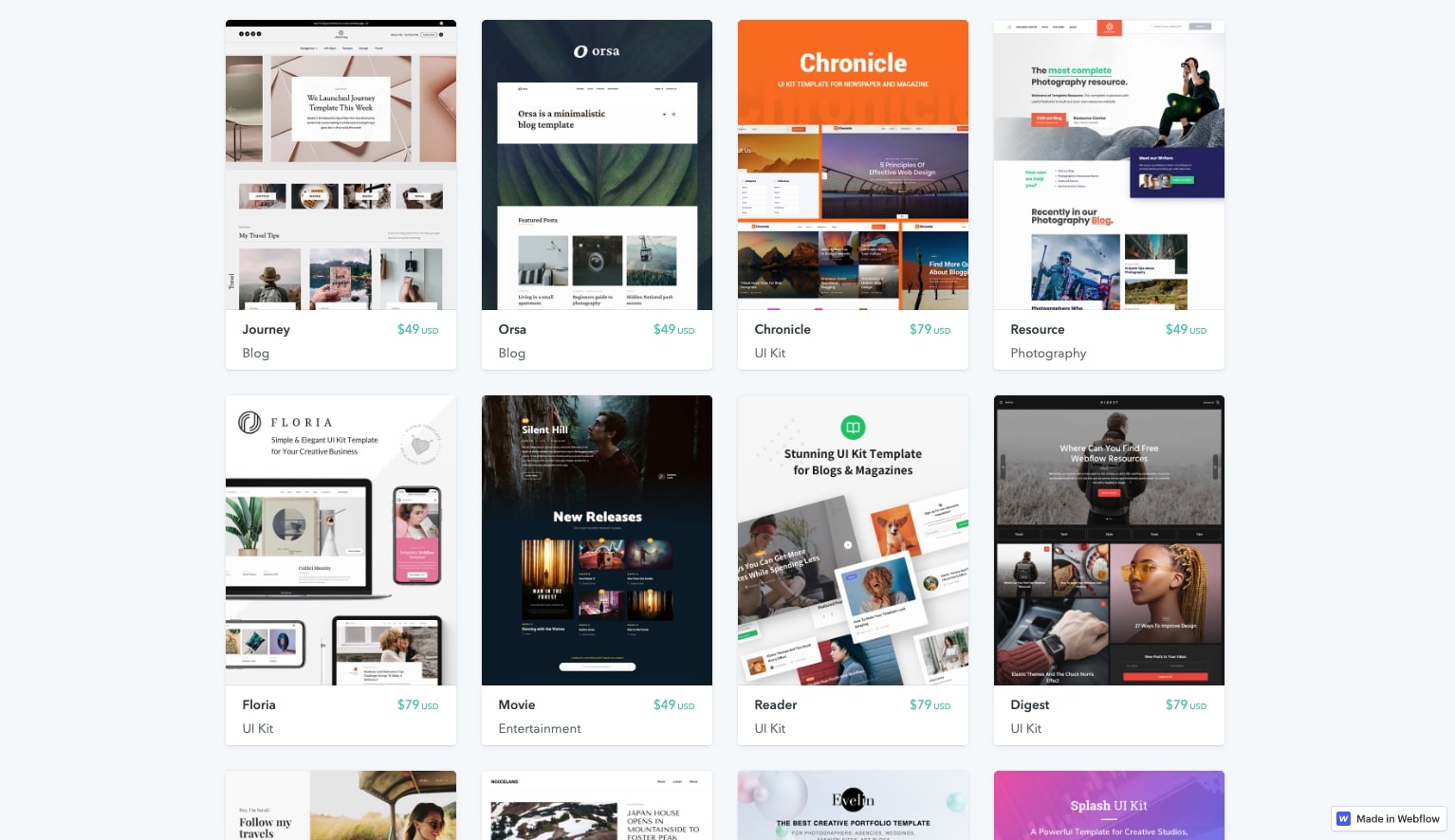
8. Collaborate with micro-influencers
Influencer marketing has been on the rise for the past few years. Companies like MVMT, Gymshark, and Fashion Nova built million-dollar empires on this digital marketing channel alone. Now, we don’t all have thousands of dollars to give to celebrity Instagram models to promote our business. Here’s where micro-influencers come to play.
Collaborating with micro-influencers is a great cost-effective way to spread awareness of your store on social media. Influencers with smaller social media, or YouTube, followings tend to have extremely loyal fans. Oftentimes, if you want to work with influencers, the more followers someone has the more they’re going to charge you. The definition of a micro-influencer can be different for any marketer, but I like to think of them as anyone who has less than 100,000 followers on any platform, with the sweet spot being anywhere around 10,000-50,000 followers.
A simple way to find out if influencers in your particular industry are open to collaboration is to simply email or direct message them. On YouTube, most accounts have a business inquiries section in their about page. And on platforms like Twitter and Instagram, you can just direct message them asking what their rates are.
HubSpot wrote a great guide on how to approach micro-influencer marketing. You should give it a read here.
9. Start an affiliate or customer loyalty program
Starting an affiliate program is a great way to open up a new revenue stream for your business. Affiliate programs essentially allow you to offer anyone a commission for selling your products or services. This way, others spend time trying to market your products, and you compensate them for doing so.
For commission rates, you get to choose what unit economics makes sense for your business. If you sell physical products in one-time instances, you could offer anywhere from 10-50% per sale made. If you have a subscription model, you could offer recurring commissions for as long as a customer continues to pay.
However, note that this will rely heavily on your decision to take your physical brick and mortar retailer online, as much of the logistics with affiliate programs happens through your website. This is because affiliate programs generally track via your customers web browser cookies, or through coupon codes. There are a lot of ways you can approach this, and we’ve laid out a few in our post on how to monetize your website.
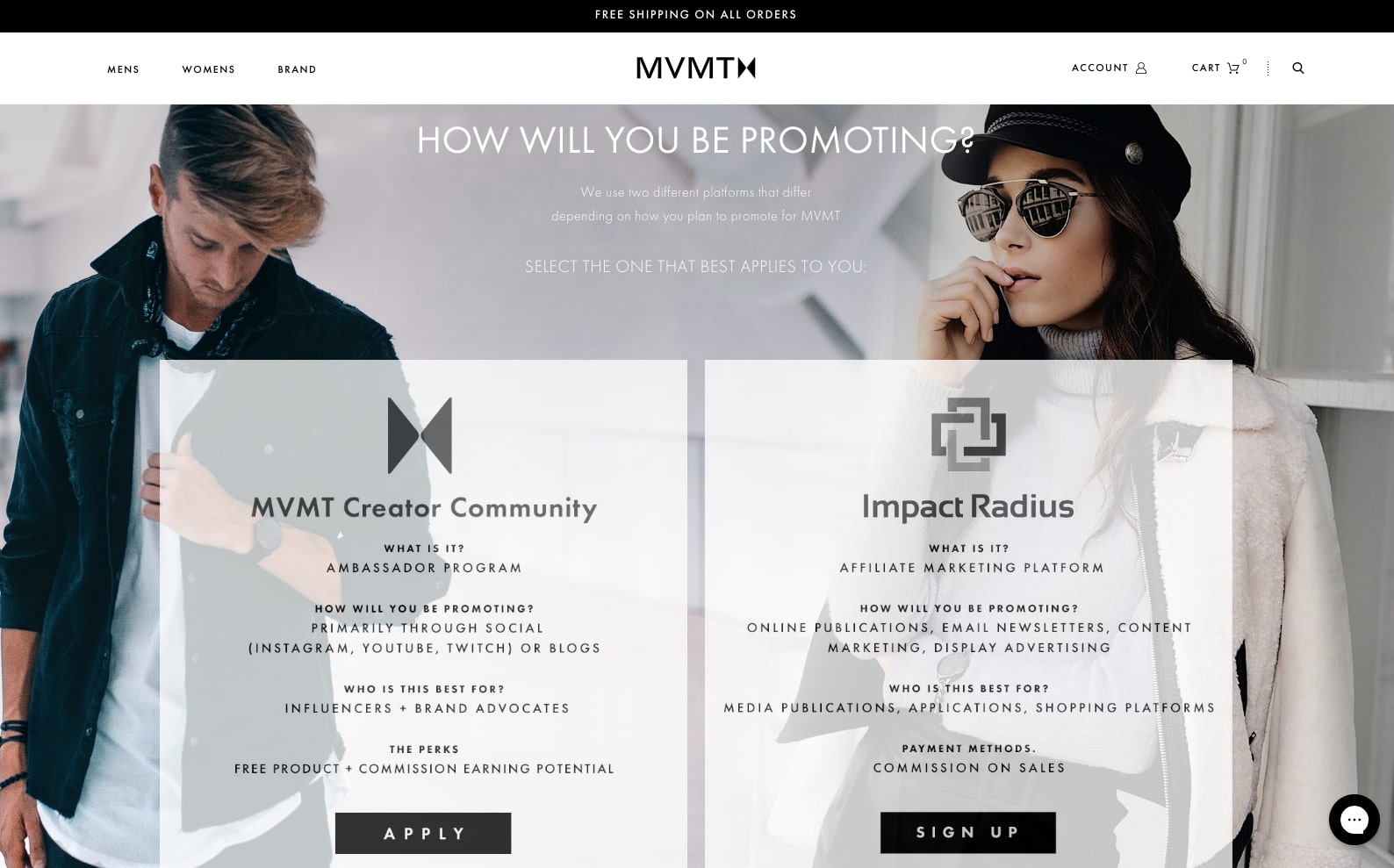
To start an affiliate program for your store, you can set up your own tracking and logistics with tools like LeadDyno, Refersion, Tapfiliate, and more. You can also let affiliate networks like Commission Junction or ShareASale handle a lot of the logistics — most retailers take this route.
10. Engage with customers on social media
If you haven’t created any social media accounts for your small business, now’s the time. Effective use of social media platforms like Facebook, Instagram, Twitter, Snapchat, and TikTok can give you the opportunity to bring a human side to your brand.
We live in a time where consumers feel more connected to businesses that feel like real humans. At the end of the day, humans are purchasing things from your store. Focus on relationship building.
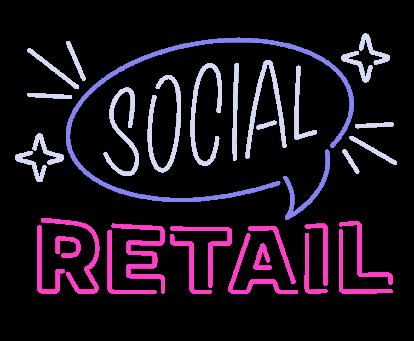
Note that you should also use each social media platform differently. Don’t just spam all of them with images of products you sell, and place calls to actions all over the place linking to your store. Instead, be strategic.
On Twitter, engage with existing and potential customers in meaningful conversations. On Instagram, host giveaways or contests, post images of products and your employees, or playful images like memes. On Facebook, share relevant blog posts, YouTube videos, or podcast episodes that you think your customers would love to see.
Point is, don’t post the same stuff on all your social channels. Each one requires you to play to the way the platform was intended to be used.
11. Use email marketing
Email marketing is a great way to engage with customers and make them become brand fanatics.
There are many ways to acquire emails. One way is to simply use the information you’ve received when someone makes a purchase on your website, but make sure customers are open to receiving promotional emails from you first.
Another way is to have opt-in forms on your website for people to simply subscribe. You can have an option on your blog for readers to subscribe to receive notifications when new posts come out. You can also create gated content in the form of ebooks or digital downloads on your website to acquire emails.
Use tools like Mailchimp or Iterable to manage and send emails to your user base.
12. Offer free shipping
This one may seem pretty basic, but you’d be surprised at how effective this can be. Over 79% of US consumers said that free shipping would make them more inclined to make a purchase online. Bottom line, if you want to motivate consumers to purchase from your store, offer them free shipping.
And if you’re currently on a tight budget, this doesn’t mean you have to make all your shipping options free. There are many consumers out there that would be happy to pay a premium to get their items faster. Just make sure you give potential customers the option to waive any shipping charges if they’re willing to wait a bit for their items to arrive.
13. Rethink your exchange policy
Similar to how free shipping options affect the psychology of shoppers, so do return policies. The way you present your return and exchange policy has an impact on how your brand is perceived by the public.
Many business owners just starting out believe that putting longer limits on their return policy will result in an increase in returns because it gives more time for an exchange to occur. However, this is far from the truth. According to The Washington Post, “more leniency on time limits is associated with a reduction — not an increase — in returns.”
It makes sense. If you think about human behavior, a sense of urgency is a huge factor in how we make decisions. If you have a 1 week return policy consumers may feel pressured and not get enough time to get attached to your product. So, if there’s one bit of doubt in their purchase, they’ll come running back to your store with a sense of urgency.
If you have a return policy of 3 months, consumers get to relax and create a bond with your product. And even if they’re slightly dissatisfied, after a month or so they might think “hey this isn’t too bad” and not bother putting in the effort to return the product. I don’t mean this in a negative way at all. I’m just saying that short return policies may actually hurt your business. Have a flexible one that enhances the customer experience.
14. Discount underperforming inventory
Not selling items you already paid for can cost your business some serious cash. Not just in the sense that you paid for it with no ROI, but also in the sense that storing things costs money. So it’s important to consistently clean out underperforming stock to keep room for fresh inventory.

A simple way to clean out underperforming items from your store is to discount all of them. Or, take it to social media and start doing giveaways and contests. If you’re already discounting items, sometimes at breakeven or at a loss, might as well get some engagement going on social media. Not only will you make potential customers more inclined to buy, but you’ll also gain new awareness of your brand if you do strategic contests and giveaways — say “tag 3 friends in the comments to enter to win.”
15. Negotiate with your suppliers
Sometimes to fix any problem you need to go straight to the source. This strategy on our list isn’t so much a retail marketing strategy, although it can be if it means you can discount items with an effective pricing strategy. But rather, this is for those who are either struggling to pay their suppliers, need to hold on to capital, or just want to increase their profit margins.
Say you’re in a tough financial position and it would seriously hurt your business to pay a lot of money upfront for inventory. In an effort to hold onto some of your capital to invest in growth, ask your suppliers if you can take longer to pay them.
Or, see if you can negotiate a lower rate per item that you purchase from them — effectively increasing your profit margins. If possible, try adopting a dropshipping model for some of your items — where you only pay for inventory you actually sell.
Strategic marketing puts your business ahead
As many small and local businesses begin to shift their operations online, it’s important to note that competition will rise. Unfortunately, it’s no longer enough to create a product or service and have a successful business with minimal branding or marketing involved.
In fact, marketing is becoming increasingly important in today's economy. The good news is that there are tons of tools and resources out there to help you succeed. We hope that the list we’ve presented puts you one step ahead of your competition.
Here’s to prosperous times ahead.
































